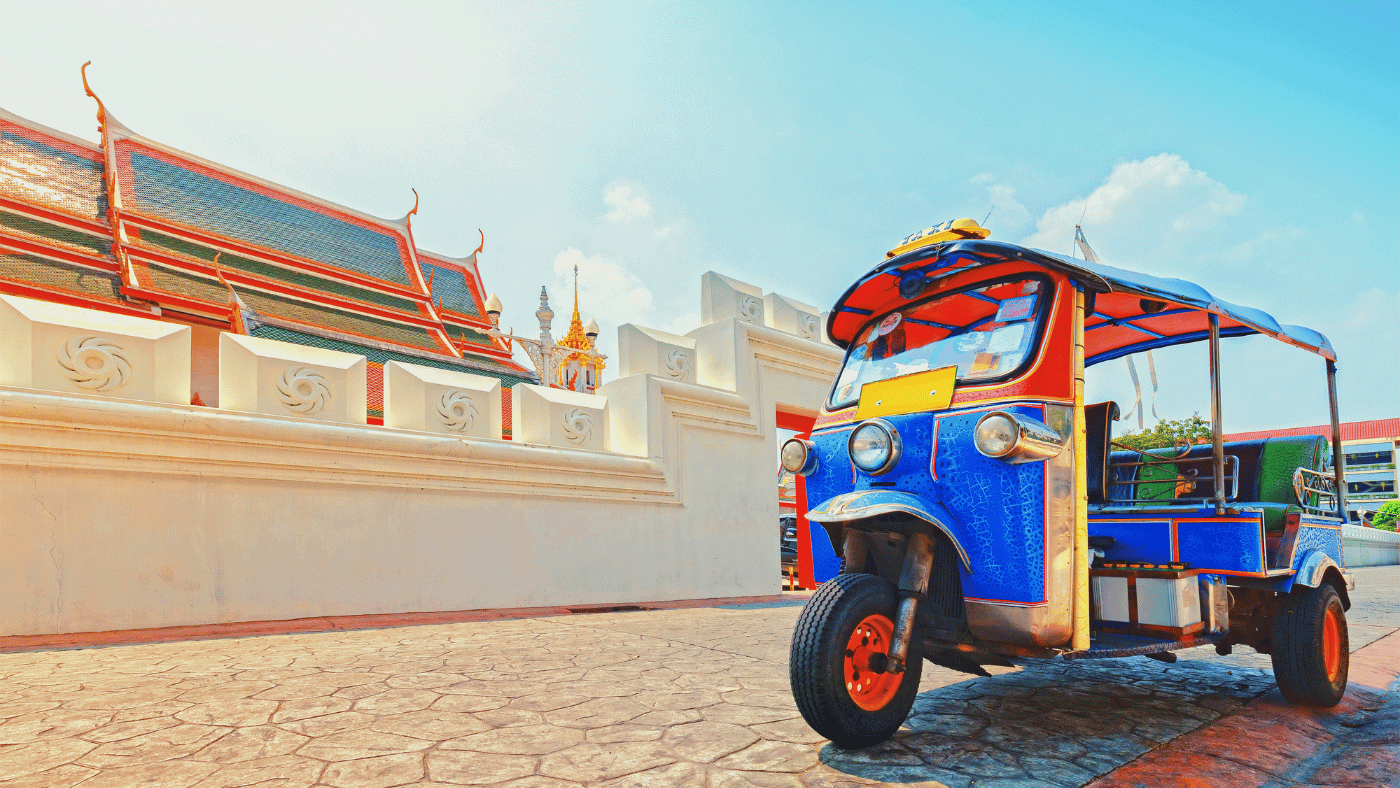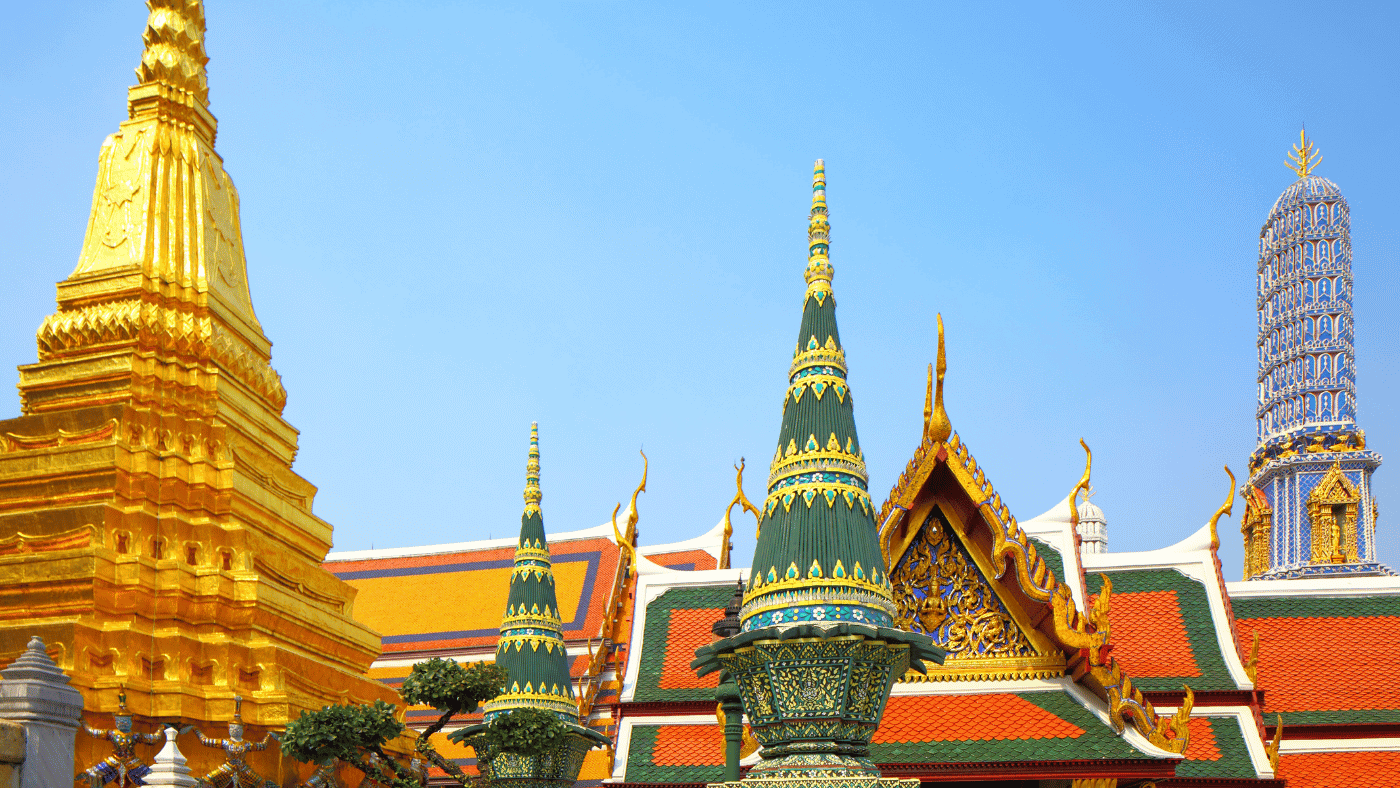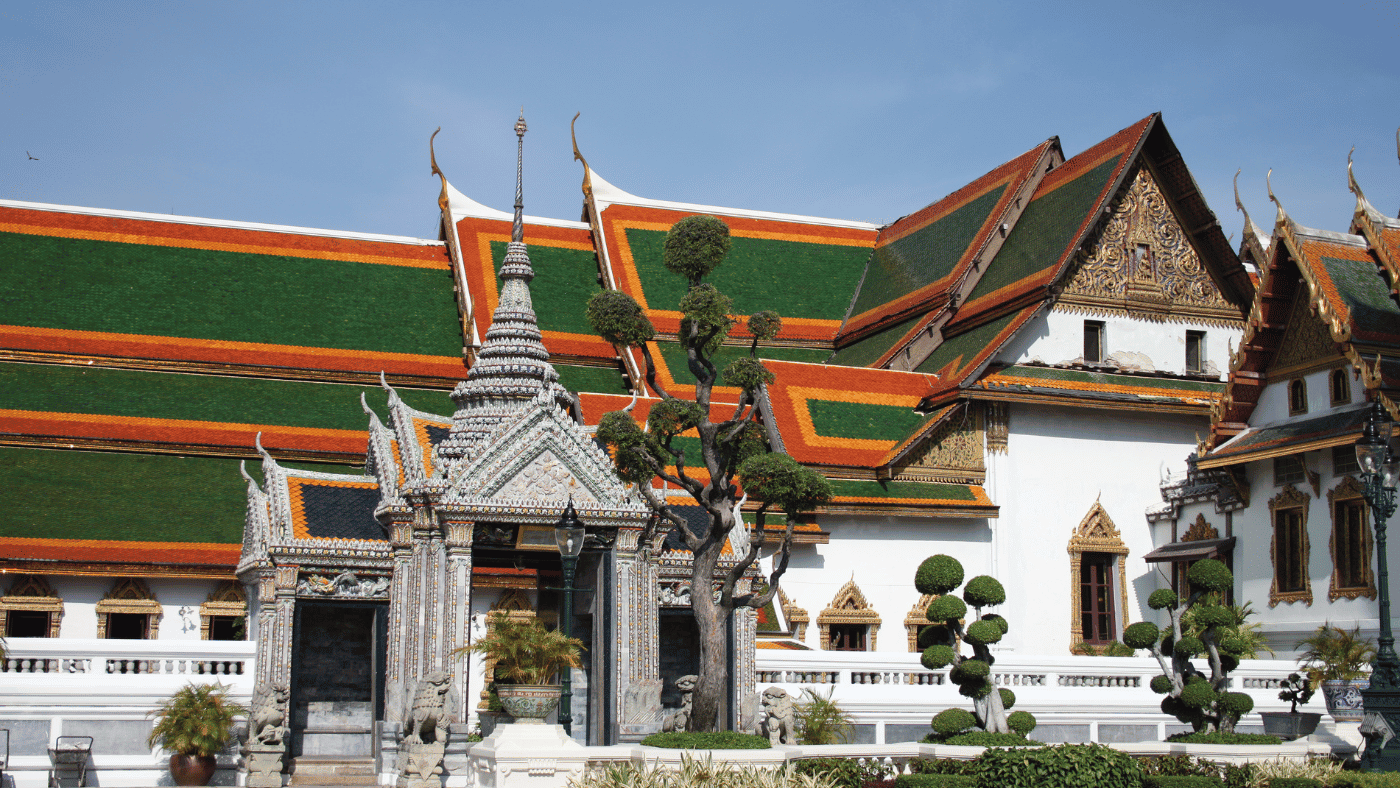If you’re planning a trip to Bangkok, Thailand, there’s one attraction you simply can’t miss: the Grand Palace. This complex of beautiful and historic buildings is located in the heart of Bangkok, and offers visitors a unique glimpse into the country’s rich history and culture. In this article, we’ll take a closer look at the Grand Palace, including its history, key attractions, and getting there.
A Brief History of the Grand Palace

The founding of the Grand Palace can be traced back to the late 18th century, when King Rama I decided to move the capital of Siam (now Thailand) from Thonburi to Bangkok. As part of his plan, he ordered the construction of several new buildings and palaces, including what is now known as the Grand Palace.
The Founding of the Palace
The construction of the Grand Palace began in 1782, and was completed by 1785. It was originally intended to be the residence of the king, as well as the location for important government ceremonies and events.
During the construction of the palace, King Rama I made sure that every detail was perfect and that the palace reflected the grandeur and beauty of the Thai culture. The palace was built using traditional Thai architecture and was adorned with intricate carvings and beautiful murals.
Royal Residence and Political Center
For many years, the Grand Palace served as both the royal residence and the political center of the country. The palace was the site of many important historical events, including the coronation of King Rama VIII in 1935.
The Grand Palace was also home to the famous Emerald Buddha, a statue of Buddha made of green jade that is considered to be the most sacred Buddhist relic in Thailand. The statue was housed in the palace for over 200 years before being moved to its current location in the nearby Wat Phra Kaew temple.
Over the years, several monarchs made additions and improvements to the complex, adding new buildings and structures to house important government officials. The palace was expanded to include the Chakri Maha Prasat Throne Hall, a stunning building that was used for important state occasions and royal receptions.
The Palace Today
Today, the Grand Palace is still used for official government events and ceremonies, but much of it has also been converted into a tourist attraction. Visitors from all over the world come to admire the beautiful architecture and learn more about Thailand’s rich cultural heritage.
Visitors to the Grand Palace can explore the many buildings and structures that make up the complex, including the famous Wat Phra Kaew temple, which houses the Emerald Buddha. They can also marvel at the intricate details and beautiful murals that adorn the palace walls.
Overall, the Grand Palace is a stunning example of traditional Thai architecture and a testament to the rich history and culture of Thailand. It is a must-visit destination for anyone interested in learning more about this fascinating country.
Getting to the Grand Palace

If you’re planning a visit to the Grand Palace, there are several ways to get there.
Public Transportation Options
One of the easiest ways to get to the Grand Palace is by taking public transportation. There are several bus routes that stop near the palace, as well as the BTS Skytrain, which has a station just a short walk away. However, be aware that public transportation can be crowded and hectic, especially during peak tourist season.
Guided Tours and Private Transportation
Another popular option is to take a guided tour or hire private transportation. This can be more expensive, but it can also be more convenient and stress-free. Many tour companies offer guided tours of the Grand Palace, which can be a great way to learn more about the complex’s history and architecture.
Entrance Fees and Opening Hours
Keep in mind that the Grand Palace is only open during certain hours, so be sure to check the official website before you go. Additionally, there is an entrance fee for visitors, which is used to help maintain and protect the complex.
Key Attractions within the Grand Palace Complex

Once you’ve arrived at the Grand Palace, there are several key attractions to look out for.
The Temple of the Emerald Buddha (Wat Phra Kaew)
One of the most famous attractions within the complex is the Temple of the Emerald Buddha, also known as Wat Phra Kaew. This stunning temple houses a small but highly revered figurine of the Buddha, made from a single piece of jade. Visitors must dress modestly to enter and remove their shoes before entering the temple.
The Royal Reception Halls
The Grand Palace also features several beautiful reception halls, which were used by monarchs to receive foreign dignitaries and guests. These halls are filled with intricate carvings and decorations, and are a must-see for any visitor to the complex.
The Chakri Maha Prasat Hall
The Chakri Maha Prasat Hall is another important structure within the Grand Palace, and is perhaps the most iconic. Its distinctive roofline and ornate spires are instantly recognizable, and make it one of the most photographed attractions within the complex.
The Dusit Maha Prasat Hall
The Dusit Maha Prasat Hall is another beautiful building within the Grand Palace, and features a stunning mixture of Thai and European architectural styles. It was originally built as a royal throne hall, and was used for important coronation ceremonies and other events.
Exploring the Palace Grounds

In addition to the key attractions within the Grand Palace complex, visitors are also encouraged to explore the beautiful grounds surrounding the buildings.
The Outer Court
The Outer Court is the first area you’ll encounter when you enter the Grand Palace complex. This sprawling outdoor area is filled with beautiful gardens, statues, and fountains, and provides an excellent introduction to the complex’s architecture and history.
The Middle Court
The Middle Court is the section of the palace where the most important government officials used to work. Visitors can explore several buildings within the Middle Court, including the Office of Her Royal Highness the Princess Maha Chakri Sirindhorn.
The Inner Court
The Inner Court is the most restricted area of the Grand Palace, and is only accessible with a special permit. This area was formerly used as the private residence of the king and his family, and includes several beautiful buildings and gardens.
No matter where you go within the Grand Palace, you’re sure to be awed by its beauty, history, and cultural significance. If you’re planning a trip to Bangkok, be sure to put the Grand Palace at the top of your list of must-see attractions.

